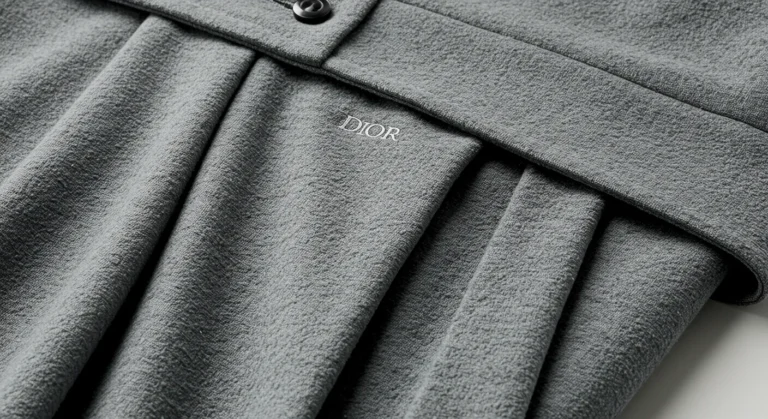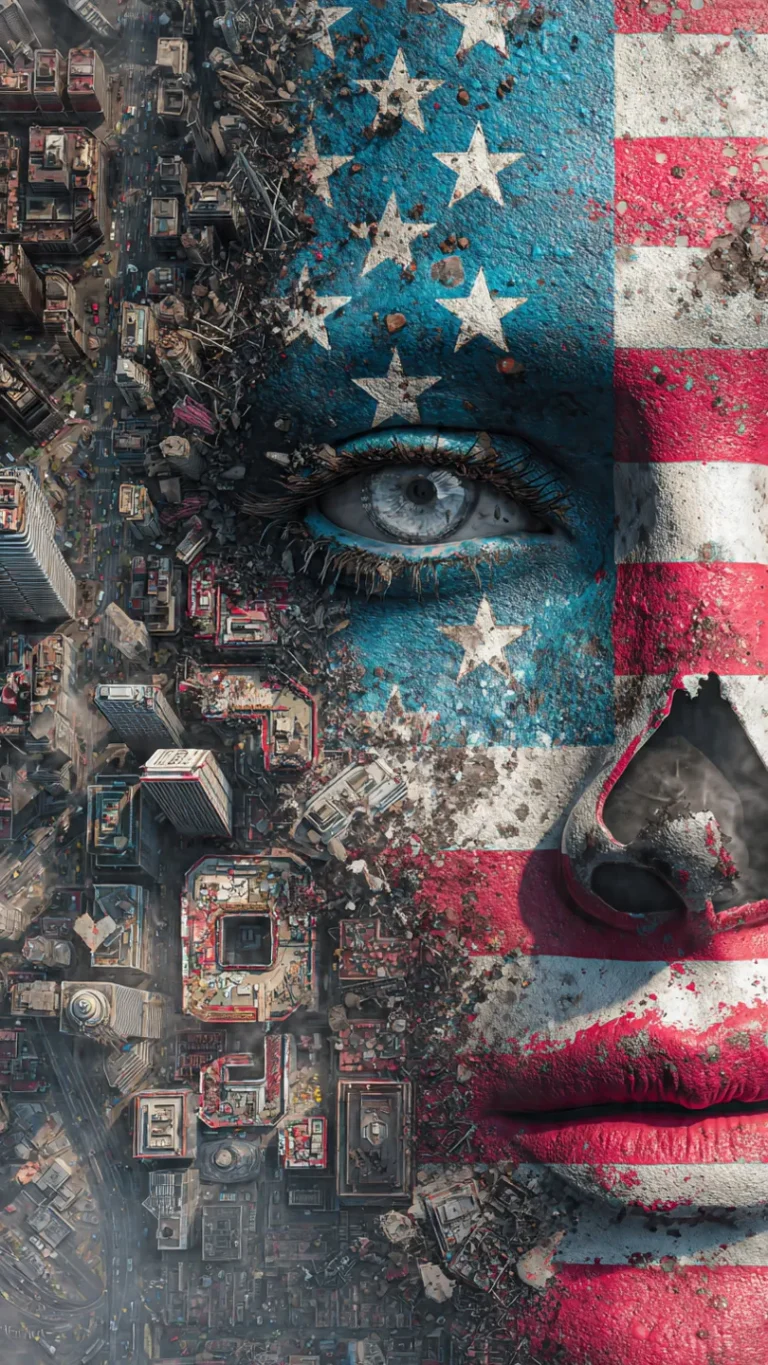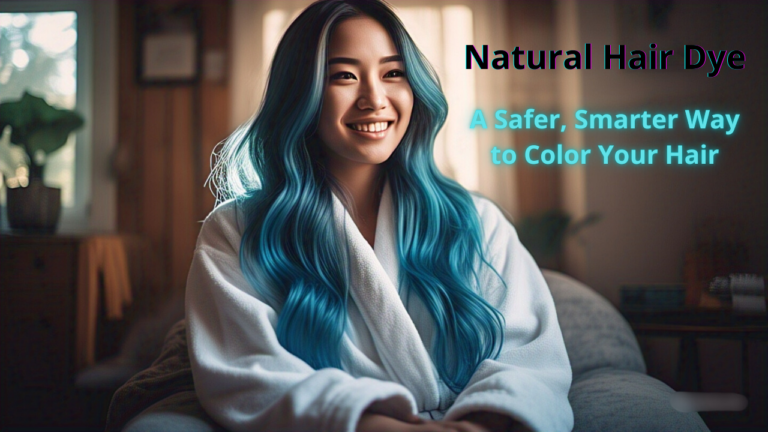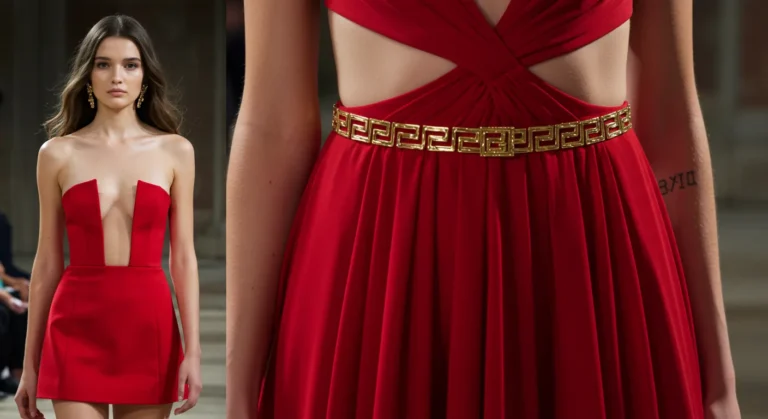best Oscars Dresses that,s make you perfect in 2025
Introduction
The Oscars Dresses, officially known as the Academy Awards, are not just the pinnacle of cinematic recognition — they are the ultimate runway for high fashion. Every year, millions of eyes from around the world tune in not only to honor the best performances in film but also to witness the unveiling of extraordinary red carpet moments. At the heart of this visual spectacle lies one element that steals the spotlight year after year — Oscars dresses.
From the moment celebrities step out of their limousines, the flash of cameras captures more than just their smiles; it captures a legacy in the making. These dresses are more than just garments — they are statements of identity, power, elegance, and artistry. For actresses, wearing the right dress to the Oscars can catapult them into style icon status overnight. For designers, the Oscars Dresses stage is an unrivaled opportunity to showcase their talent to a global audience. And for fans, it’s an annual tradition of awe, admiration, and sometimes controversy.
What makes an Oscars Dresses unforgettable? It’s a blend of innovation, tailoring precision, fabric luxury, and the ability to tell a story. Think of Lupita Nyong’o’s powder-blue Prada gown in 2014, Halle Berry’s sheer-embroidered Elie Saab creation in 2002, or Nicole Kidman’s chartreuse Dior masterpiece in 1997 — these weren’t just dresses; they were moments etched into fashion history.
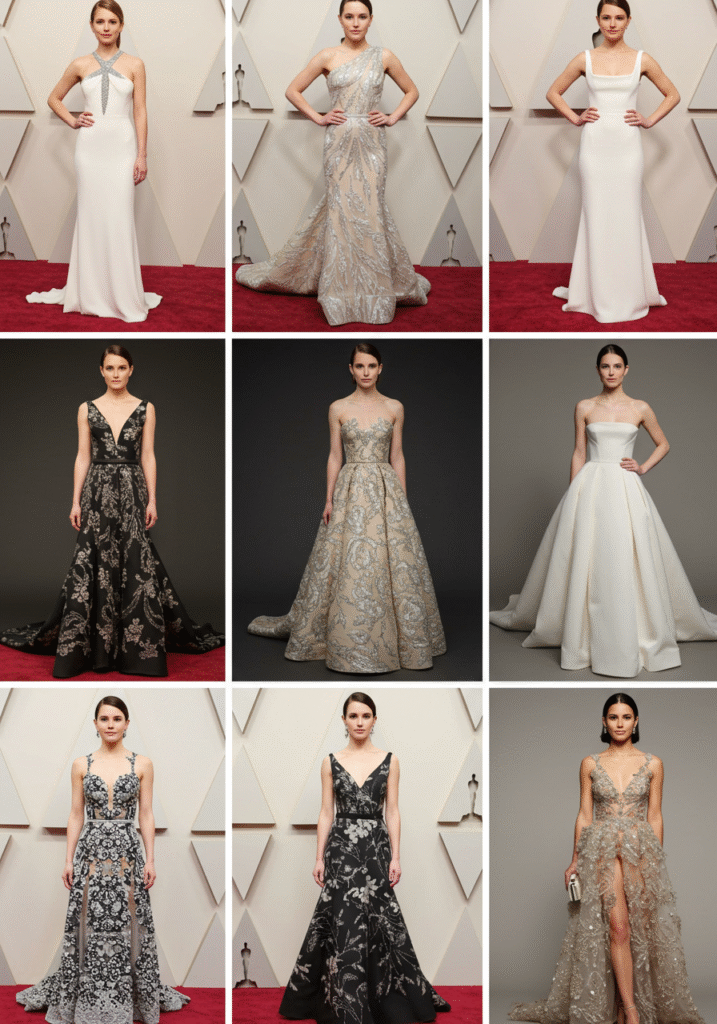
But Oscars dresses don’t exist in a vacuum. They’re a reflection of cultural shifts, fashion trends, and even political messages. Whether it’s a bold color that defies conventional beauty standards or a sustainable gown that advocates for the planet, each look is a curated response to the world we live in.
As social media platforms like Instagram and TikTok have transformed the fashion landscape, Oscars dresses now reach a broader, younger audience in real time. The stakes are higher, the commentary sharper, and the influence more immediate. A single outfit can inspire millions — or spark global debates.
This article will explore the full journey of Oscars dresses — from their fascinating history to the design houses behind the most iconic looks, the changing fashion trends, the celebrity-stylist partnerships, and their lasting impact on global fashion. Buckle up, because we’re stepping into the world where couture meets cinema, and where every stitch has a story to tell.
History of Oscars Dresses
The evolution of Oscars dresses mirrors the changing tides of fashion, feminism, and fame. Since the very first Academy Awards in 1929 — a private banquet held at the Hollywood Roosevelt Hotel — the transformation of red carpet fashion has been nothing short of extraordinary. What began as a relatively modest affair has grown into a global fashion spectacle, with each passing decade pushing boundaries and redefining beauty.
The Early Years (1929–1940s)
In the early years, the Oscars Dresses were more about celebrating cinema than making fashion statements. Dresses were elegant but conservative, often resembling the styles worn at cocktail parties or theater galas. Stars like Bette Davis and Norma Shearer embraced structured silhouettes, high necklines, and floor-length gowns in muted tones. These were pre-stylist days — actresses often chose their outfits themselves or relied on studio costume designers for help.
1950s–1960s
Post-World War II, the Oscars Dresses and red carpet blossomed into a showcase of old Hollywood glamour. Think Marilyn Monroe’s curve-hugging silhouettes and Grace Kelly’s ethereal gowns. Designers like Edith Head and Christian Dior became household names, thanks to their collaborations with A-listers. Silk, taffeta, and tulle ruled the scene, while pearls and gloves added that quintessential finishing touch. Audrey Hepburn’s 1954 Givenchy dress is still considered one of the most elegant Oscar looks of all time.
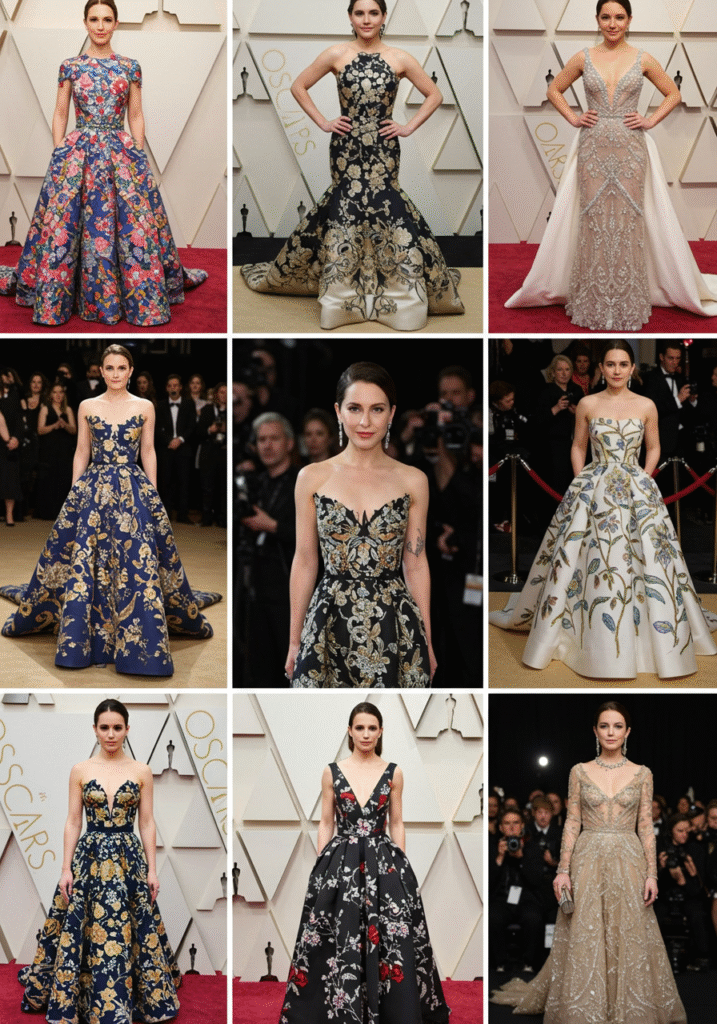
1970s
The 1970s brought a sense of rebellion, with actresses opting for bold prints, daring cuts, and an infusion of personal style. The sexual revolution, women’s rights movement, and growing counterculture influenced red carpet fashion. Celebrities like Cher challenged traditional glamour by choosing Bob Mackie’s flamboyant, barely-there creations. Minimalist chic and maximalist fantasy collided in a cultural fashion clash.
1980s–1990s
With the rise of supermodels and designer labels, Oscars dresses became powerful tools for branding. Puffy sleeves, sequins, and shoulder pads marked the ’80s, while the ’90s ushered in sleeker, more modern silhouettes. Actresses like Sharon Stone mixed Gap shirts with couture skirts, proving that fashion rebellion could also be chic. Meanwhile, Versace, Armani, and Valentino rose as red carpet staples.
2000s to Present
The new millennium brought the era of celebrity stylists. Red carpet looks became strategic, meticulously planned events. Stylists like Rachel Zoe and Law Roach turned stars into fashion icons, helping them land on best-dressed lists across Vogue, Elle, and Vanity Fair. Meanwhile, social media exploded the reach of Oscars Dresses fashion — looks are now dissected, praised, and criticized globally within minutes.
From vintage glam to modern masterpieces, the journey of Oscars dresses is a reflection of evolving societal values, artistic innovation, and the ever-changing relationship between fame and fashion. Each dress tells a story — and together, they form an archive of cultural history.
Most Iconic Oscars Dresses
The red carpet of the Academy Awards is more than a parade of glamour—it’s a runway where fashion history is made. Some dresses become unforgettable cultural moments, etched in time not just for their beauty, but for how they defined or redefined style. These are the Oscars dresses that live on in fashion legend.
One of the most iconic Oscars dresses of all time is Audrey Hepburn’s 1954 Givenchy gown. Delicate, lace-trimmed, and cinched at the waist, this dress perfectly captured the elegance and sophistication Hepburn was known for. It marked not only a style milestone but also the beginning of one of fashion’s most cherished partnerships between a designer and a star.
Fast forward to 1999, when Gwyneth Paltrow walked the red carpet in a soft pink Ralph Lauren ballgown that was both feminine and regal. It stood out in a sea of darker hues and became a defining look of the decade. The gown helped shape early 2000s prom and bridal fashion, proving the ripple effect a single Oscars Dresses can have.
Another standout moment came in 2000, when Jennifer Lopez wore a daring, barely-there green Versace gown with a plunging neckline. While technically worn at the Grammys, it was referenced heavily during the Oscars Dresses season and sparked the creation of Google Images due to the massive number of search requests. It redefined red carpet risks and became a timeless talking point in awards fashion.
More recently, Lupita Nyong’o dazzled at the 2014 Oscars in a custom pale blue Prada gown that she described as “Nairobi blue,” inspired by her Kenyan roots. The ethereal design, paired with her simple yet striking beauty look, made her an instant style icon. It was not just a fashion moment but a cultural celebration.
We can’t overlook Cher’s 1986 Bob Mackie black ensemble—complete with feathers and a towering headdress. Critics were shocked, fans were thrilled, and Cher made a statement that Oscars fashion doesn’t always have to play by traditional rules.
And who could forget Billy Porter’s tuxedo gown by Christian Siriano at the 2019 Oscars? A bold expression of gender fluidity and artistic freedom, it disrupted norms and showed that fashion at the Oscars could also be a powerful social commentary.
These dresses—and the people who wore them—help us understand how the Oscars red carpet is not just about looking good. It’s about making a statement. From classic Hollywood elegance to boundary-pushing modern designs, each iconic dress tells a story. Whether it’s political, personal, or simply aesthetic, these looks continue to inspire generations and reflect the evolution of red carpet fashion.
The Influence of Oscars Dresses
Oscars dresses don’t just make waves on the red carpet—they make lasting impressions on fashion weeks, runways, department stores, and even casual streetwear across the globe. When celebrities step onto the Oscars red carpet wearing breathtaking gowns, those moments often set the tone for what we’ll be seeing in fashion for months, sometimes years, to come.
Take, for example, the ripple effect of Halle Berry’s 2002 Elie Saab gown—a sheer, embroidered top with a deep burgundy skirt. The combination of sheer fabrics and romantic embroidery sparked a renewed interest in ethereal, body-conscious styles. Designers began incorporating similar motifs in their collections, and suddenly, bridal and eveningwear were filled with delicate lace overlays and soft, flowing skirts.
Oscars fashion also influences color trends. After Nicole Kidman wore a chartreuse Dior gown designed by John Galliano in 1997, what was once considered a risky, off-putting color saw a resurgence in popularity. The once-avoided shade became a statement of daring elegance, especially in spring collections for years to come.
In 2012, Angelina Jolie’s black velvet Versace dress, complete with the infamous leg slit, created a cultural moment that led to a rise in thigh-high slits across red carpets, fashion shows, and eveningwear boutiques. The pose went viral, and the “Angelina leg” became a meme, proving how even a single detail can influence fashion behavior worldwide.
Even silhouettes are shaped by Oscars dresses. The mermaid-cut gown, popularized by stars like Beyoncé and Sofia Vergara, became a must-have look in bridal shops and prom catalogs. Meanwhile, simpler, more tailored looks—like Emma Stone’s gold Givenchy gown in 2017—pushed designers toward a more refined, old-Hollywood aesthetic with a modern twist.
The Oscars also drive fabric trends. Sequins, metallics, capes, and sculptural elements gain traction after being showcased on the red carpet. For instance, Lupita Nyong’o’s shimmering Calvin Klein pearl gown in 2015 ignited interest in texture-rich gowns that moved and sparkled with every step.
But it’s not just about luxury fashion. The Oscars inspire fast fashion too. Within days of the awards show, you’ll find lookalike dresses on Instagram boutiques, e-commerce platforms, and high-street retailers. From Zara to Fashion Nova, brands capitalize on the buzz by launching affordable versions of red carpet styles.
Designers, stylists, and fashion lovers worldwide watch the Oscars closely because it’s not just a celebration of film—it’s a visual mood board of the year’s emerging fashion narratives. Every bead, slit, and silhouette is dissected and replicated, forming a global dialogue between red carpet couture and everyday fashion.
In essence, Oscars dresses don’t just influence—they lead. The red carpet becomes a creative force that fuels fashion’s evolution, proving that a dress isn’t just fabric—it’s a trendsetter, a message, and sometimes, a revolution.
Iconic Oscars Dresses
The Oscars have given us more than just cinematic excellence — they’ve delivered fashion moments that transcend time. Each year, stars step onto the red carpet hoping to make an impression, but only a select few have created looks so iconic, they’ve become a part of fashion history. These unforgettable gowns have not only set trends but have redefined elegance and the very definition of red carpet glamour.
One unforgettable moment was Audrey Hepburn’s 1954 Oscar dress, a delicate white Givenchy gown with a cinched waist and floral embroidery. Her look was the epitome of classic Hollywood beauty — refined, simple, and effortlessly graceful. It wasn’t just a dress; it was a fashion statement that launched the now-legendary partnership between Hepburn and Givenchy, influencing decades of fashion.
Fast forward to 1999, and we witnessed Gwyneth Paltrow’s soft pink Ralph Lauren ballgown — a dress that polarized critics at the time but has since been cemented as a quintessential “princess” moment on the red carpet. Paired with a diamond choker and sleek bun, it captured the era’s minimalist-meets-romantic vibe and became a favorite for prom dress inspiration for years.
Halle Berry’s 2002 Elie Saab gown is another standout. With its sheer, embroidered bodice and flowing wine-colored skirt, it wasn’t just beautiful — it was bold, daring, and represented a turning point in red carpet fashion, embracing sexiness without sacrificing sophistication. This dress also marked the moment she became the first Black woman to win Best Actress, adding historical and emotional depth to the gown’s legacy.
We cannot forget Lupita Nyong’o’s powder blue Prada gown in 2014 — ethereal, flowing, and custom-designed to reflect her Kenyan roots and Cinderella fantasies. The look embodied soft power, elegance, and cultural pride, further cementing Lupita’s role as a fashion-forward icon.
These dresses are not merely garments; they are memories woven into the cultural fabric of Hollywood. They remind us that style is as powerful as the performances being celebrated. Iconic Oscars dresses continue to inspire modern designers, stylists, and fashion lovers, proving that one magical red carpet moment can live on for generations.
How Stylists and Designers Collaborate
Behind every jaw-dropping Oscars dress is a team of experts who have spent weeks — sometimes even months — perfecting every detail. The glitz and glamour seen on screen is the result of intricate collaborations between stylists, designers, publicists, and the celebrities themselves. It’s a high-stakes process, where fashion and strategy intersect to craft unforgettable moments.
It all begins with a vision. A stylist, who works closely with the celebrity, starts by reviewing designer collections, requesting custom pieces, and considering which designers align with the star’s brand. They factor in everything from body shape and skin tone to the type of nomination the star is receiving. For instance, a first-time nominee might aim to make a splash, while a seasoned actress may prefer a more refined and timeless silhouette.
Designers play an equally vital role, especially when it comes to custom gowns. Labels like Dior, Valentino, Versace, and Armani often design exclusive pieces for Hollywood’s elite. These designs go through multiple fittings and revisions, ensuring the dress complements the celebrity’s personality and elevates their image.
Public relations also come into play. Designers and fashion houses aim for maximum visibility, hoping the dress will be widely covered and talked about. In some cases, the celebrity is paid to wear the gown — or offered jewelry and accessories worth millions to complete the look. Every element is meticulously chosen to create a cohesive, camera-ready ensemble.
There’s also a growing trend toward eco-conscious and sustainable fashion at the Oscars. Stylists and designers are increasingly mindful of their environmental impact, with some stars choosing vintage gowns, repurposed fabrics, or supporting brands that align with green values.
Hair and makeup teams work in tandem with the stylists to ensure a cohesive final look. From the nail color to the choice of clutch, every detail is considered. On Oscars night, the stylist usually accompanies the star, ensuring the dress is perfectly steamed, the train flows just right, and there are no last-minute wardrobe malfunctions.
Ultimately, what we see on the red carpet is not just fashion — it’s storytelling through clothing. Stylists and designers are the narrators, crafting a visual story that reflects power, poise, and personality. Their collaboration brings the magic of the Oscars alive, proving that fashion is an integral part of the cinematic celebration.
The Role of Designers
Every show-stopping Oscars dress has a story, and at the heart of that story is an elite designer or couture house. These creative visionaries pour months of craftsmanship, imagination, and effort into a single gown that may only be worn for a few hours but will be talked about for decades. At the Oscars, the dress isn’t just fashion—it’s legacy, art, and cultural commentary all stitched together.
Designers such as Elie Saab, Valentino, Dior, Armani Privé, Alexander McQueen, Givenchy, and Versace have become synonymous with red carpet royalty. Each house brings a signature aesthetic. For example, Elie Saab is revered for his glittering fairy-tale silhouettes, while McQueen’s gowns speak in powerful, sculptural statements. These designers are not merely dressing actresses; they’re helping them make bold declarations about identity, strength, femininity, and elegance.
What makes an Oscars gown so unique from other red carpet events? It’s the combination of custom tailoring, rare fabrics, hand-sewn embroidery, and exclusivity. Many of these gowns are bespoke, made specifically for one actress for one night. In some cases, hours before the show begins, final stitches are still being made.
Behind the glitz lies months of meetings between stylists and designers. Mood boards are created, sketches exchanged, and fittings conducted under secrecy. Often, backup gowns are prepared in case of last-minute changes due to weather, movement restrictions, or changes in tone.
In recent years, we’ve also seen more collaborative narratives in Oscars fashion. Designers work closely with stylists to ensure the gown aligns with the theme of the actress’s film, campaign message, or even a personal milestone. Zendaya wearing Valentino to echo ‘Euphoria’s’ bold femininity, or Michelle Yeoh wearing Dior as a nod to timeless grace, are perfect examples.
What’s more, sustainability is becoming a vital part of the conversation. Designers like Stella McCartney and brands like Louis Vuitton are introducing eco-conscious materials and re-wearing gowns from past collections to support environmental awareness. This new direction speaks volumes, turning the red carpet into a platform for change while keeping style at the forefront.
In summary, Oscars dresses are masterpieces that owe their magic to the genius of fashion designers. These artists shape culture, capture imaginations, and create moments that become red carpet history.
Cultural Impact of Oscars Dresses
Oscars dresses don’t just dazzle on the red carpet—they ripple through pop culture, influence street style, and redefine how society perceives beauty and elegance. These iconic gowns have transcended their moment, shaping the entire fashion landscape in ways both subtle and seismic.
Take, for instance, Halle Berry’s 2002 Elie Saab gown, which helped solidify sheer mesh detailing as a red carpet staple. Or Lupita Nyong’o’s powder blue Prada dress in 2014, which inspired an entire year of pastel and pleated silhouettes across high-street retailers. These dresses go viral, not just as photos but as templates for prom dresses, wedding gowns, editorial shoots, and even Halloween costumes.
Social media has further amplified their cultural power. With platforms like Instagram, TikTok, and Twitter, Oscar gowns are dissected, discussed, and shared within seconds. Trends like “best dressed polls,” “recreate the look,” and “red carpet recaps” are now traditions that fashion lovers across the globe participate in. The Oscars are no longer an elite affair watched from afar—they’re a fully interactive global fashion experience.
Moreover, Oscars dresses often set the tone for future fashion seasons. The colors, cuts, and materials seen on the red carpet quickly trickle into seasonal collections. When Lady Gaga wore the Tiffany Yellow Diamond with her black Alexander McQueen dress, it reignited the trend for bold, timeless statement jewelry. When Emma Stone appeared in a pantsuit-inspired Louis Vuitton gown, designers took cues for blending masculine tailoring into eveningwear.
The cultural influence doesn’t stop at fashion. It extends into conversations around body diversity, representation, and gender expression. When stars like Billy Porter or Kristen Stewart challenge gender norms with their Oscars outfits, they spark meaningful dialogues about identity and inclusivity in the industry. That cultural shift trickles down to everyday fashion choices, red carpet coverage, and designer priorities.
In short, Oscars dresses are not merely garments—they are mirrors reflecting societal values, fashion’s future, and personal statements wrapped in glamour. Their cultural footprint is profound, shaping not only what we wear but also how we think about style, art, and identity.
FAQs
What makes an Oscars dress iconic?
An Oscars dress becomes iconic through a blend of factors: the celebrity wearing it, the designer’s creativity, the fit, color, uniqueness, and the cultural or fashion statement it makes. Think of Lupita Nyong’o’s baby blue Prada gown in 2014 or Halle Berry’s Elie Saab sheer masterpiece in 2002. These dresses not only complemented the stars perfectly but also left a mark in fashion history due to their elegance, uniqueness, and emotional context.
Do celebrities buy or rent Oscars dresses?
Most celebrities do not buy their Oscars gowns. Top designers often loan these dresses to celebrities for the red carpet to promote their brand. In return, if a star lands on the best-dressed list or goes viral, it’s massive publicity for the designer. Some dresses are custom-made, and others may be returned or kept, depending on the contract between the stylist, celebrity, and fashion house.
How much does a typical Oscars dress cost?
The cost of an Oscars dress can range from $10,000 to well over $100,000, depending on the designer, materials used, craftsmanship, and exclusivity. For instance, a gown adorned with diamonds, crystals, or intricate embroidery can skyrocket in value. However, because most dresses are loaned, the stars rarely pay for them directly.
Who chooses the Oscars dress for a celebrity?
A celebrity’s stylist plays a key role in selecting the Oscars dress. They work closely with fashion designers and the celebrity to find a look that aligns with the star’s image, comfort level, and current trends. The final decision is usually a collaboration between the celebrity and stylist, taking into account fittings, red carpet impact, and designer availability.
What happens to Oscars dresses after the ceremony?
After the Oscars, many dresses are returned to the designers. Some may go on display at exhibitions or fashion museums. Others are archived by fashion houses, donated for charitable auctions, or kept as memorabilia if the moment was particularly iconic. Rarely, some may even end up in private collections.
Why is the Oscars red carpet such a big deal in fashion?
The Oscars red carpet is the biggest global stage for high fashion. Designers, stylists, and celebrities all aim to make a lasting impression. Millions of people watch the event, and best-dressed lists, social media trends, and media coverage can create fashion moments that go down in history. The red carpet acts as a runway, promotional event, and cultural milestone all in one.
Conclusion
Oscars dresses are far more than just red carpet fashion—they are living testaments to the evolution of style, culture, and self-expression in the entertainment industry. Every year, the Academy Awards serve as a global stage not only for cinematic excellence but also for the boldest and most refined interpretations of haute couture. From old Hollywood glamour to futuristic fashion statements, Oscars dresses have consistently told stories—of personalities, of designers’ visions, and of the moment in time they were created.
What makes Oscars dresses so universally captivating is the unique blend of anticipation, drama, and creativity they bring to the red carpet. The world watches in real-time as celebrities step out wearing gowns that often take months to design and perfect. These dresses aren’t just garments—they’re powerful narratives stitched in silk, satin, and sequins. Whether it’s Lupita Nyong’o’s powder blue Prada dress from 2014 or Audrey Hepburn’s Givenchy gown in 1954, some Oscars looks have become iconic because they defined eras and inspired generations.
In today’s age of social media, the buzz surrounding Oscars dresses has only intensified. Within minutes, millions of users across platforms like Instagram, Twitter, and TikTok begin dissecting and celebrating their favorite red carpet looks. Stylists and designers now face an enormous opportunity—and challenge—to create a dress that’s not just beautiful but also viral, camera-friendly, and culturally resonant. The stakes are high, but so are the rewards. A successful Oscars dress can skyrocket a designer’s career and cement a celebrity’s image in the pantheon of fashion greats.
But the appeal of Oscars dresses isn’t only rooted in celebrity culture or luxury fashion—it’s also deeply aspirational. For many, watching the Oscars is a chance to dream, to momentarily step into a world of elegance and extravagance. It’s why so many bridal designers and prom boutiques draw inspiration from the red carpet when curating their collections. The influence of Oscars fashion trickles down, shaping everything from editorial trends to everyday formal wear.
Another fascinating aspect is how Oscars dresses often reflect social and political movements. In recent years, we’ve seen celebrities use their wardrobe choices to make statements about inclusivity, sustainability, and empowerment. From wearing black in solidarity with the #MeToo movement to spotlighting underrepresented designers, the red carpet is increasingly being used as a platform for change. In this way, Oscars dresses aren’t just a celebration of beauty—they are powerful tools for storytelling and advocacy.
Looking ahead, the evolution of Oscars fashion seems poised to embrace more diversity, technology, and personalization. With AI design tools, sustainable materials, and a broader representation of cultures and body types, the future of red carpet fashion is not only bright—it’s inclusive. The new era of Oscars dresses will likely focus on individuality, breaking the mold of traditional gowns and embracing innovative silhouettes, textures, and even augmented-reality enhancements.
In the end, the magic of Oscars dresses lies in their ability to capture imagination. They remind us of the power of artistry, the thrill of anticipation, and the joy of creative self-expression. Whether you’re a fashion enthusiast, a budding designer, or simply someone who enjoys the beauty of elegance, Oscars dresses offer a yearly dose of inspiration and awe.
And that’s why, year after year, the world tunes in—not just to see who wins Best Picture, but to witness who will steal the spotlight with a gown that turns heads, sets trends, and becomes unforgettable.




